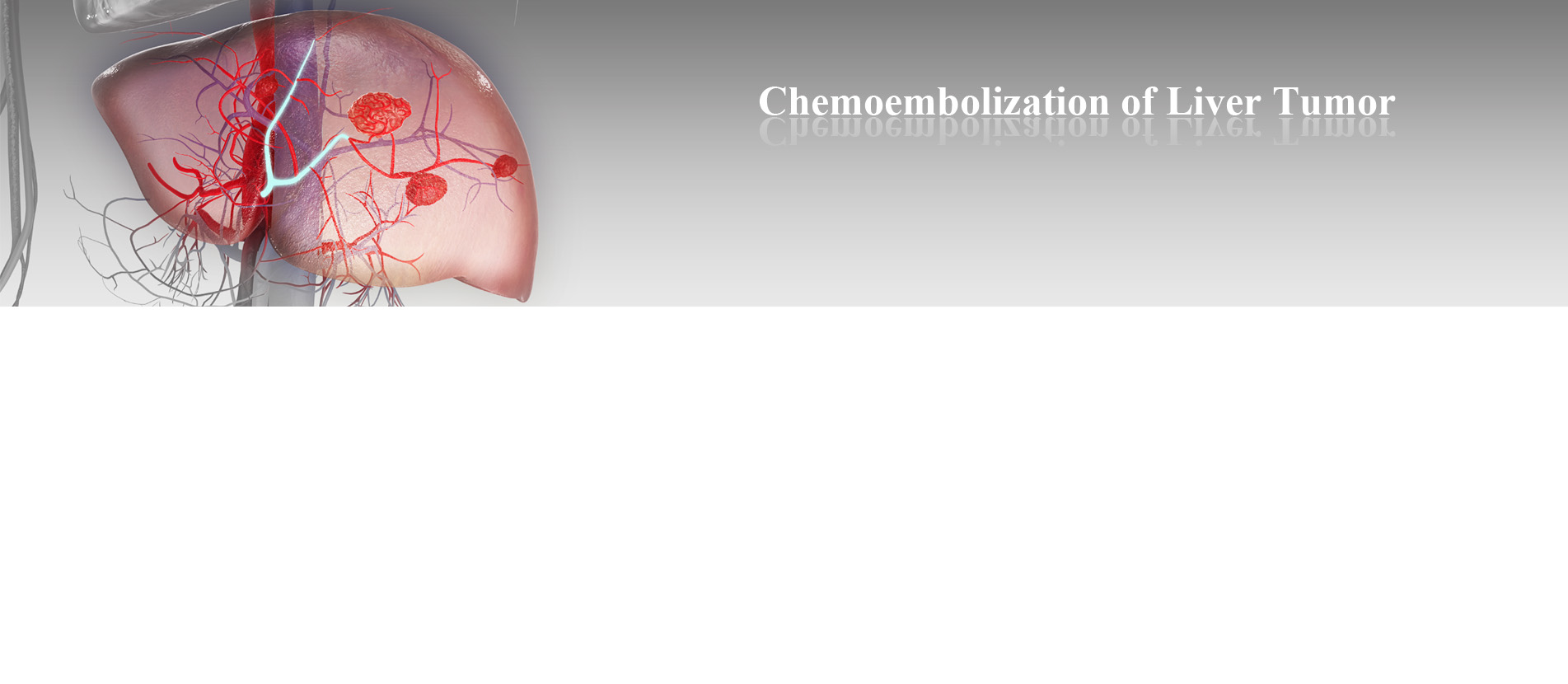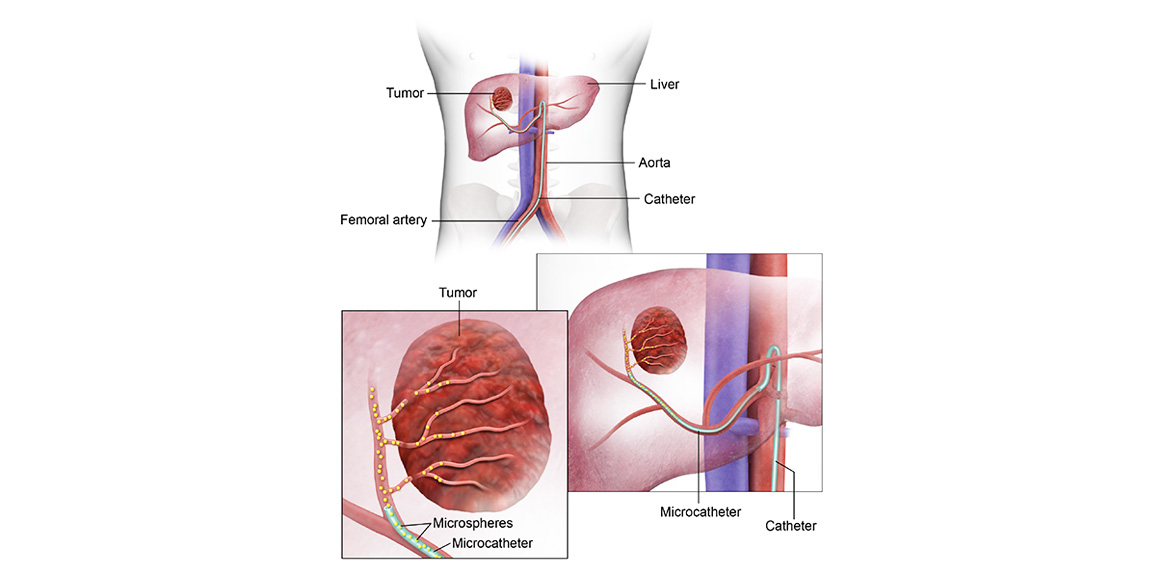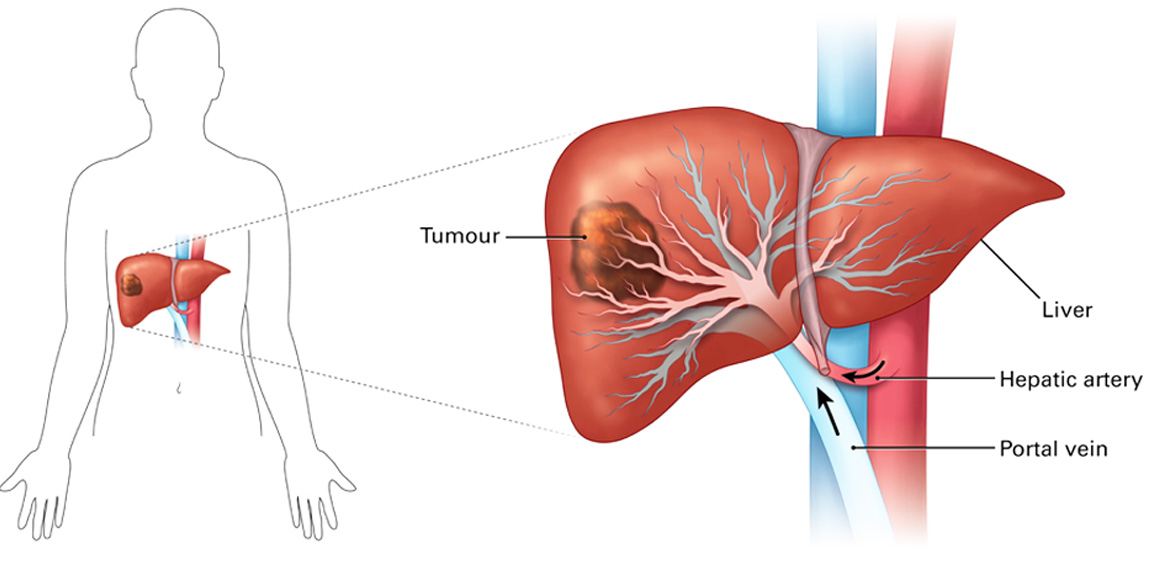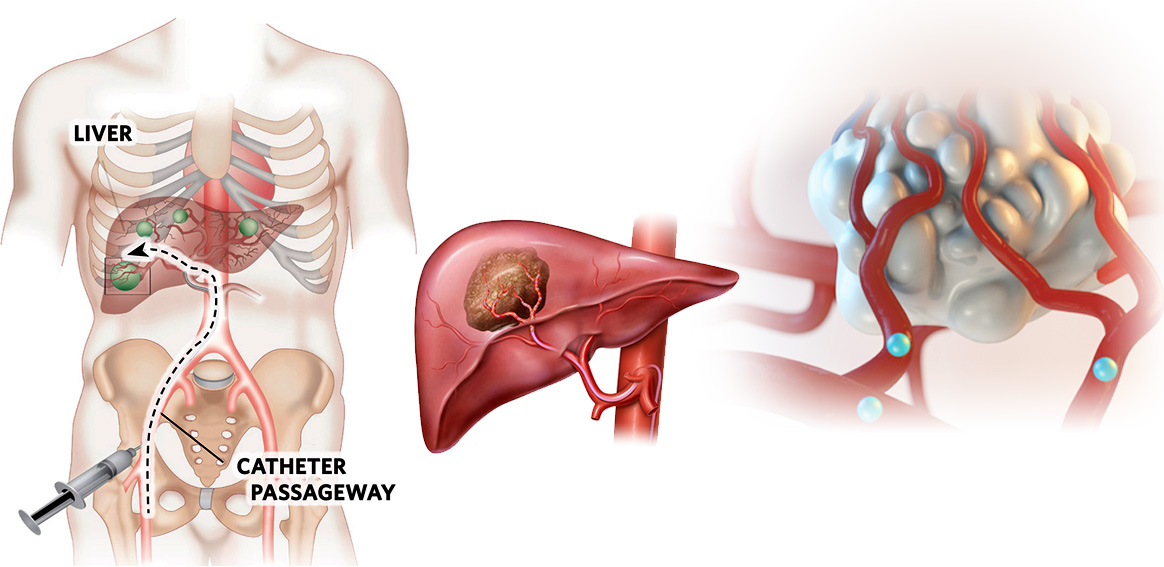


Chemoambolization

The advantage of chemoambolization
– Fewer side effects in direct chemotherapy
It should be noted that the chemoambolization method is usually used as a supplement to chemotherapy for controlling liver lesions, and it will not replace general chemotherapy.
Preparations of surgery
– Pre-operative fasting for about 6 hours
– taking shower and shaving groin
– Having the patients medical records
-Performing blood coagulation test
– Having a companion for doing the paperworks

Necessary examinations before the surgery
-Your liver function should be examined by the doctor at this clinic
-If you have heart disease of diabetes, make sure to notify the doctor so that the necessary measure would be taken.
-If you are taking medications such as Asprin, Warfarive, and Plevix, make sure to notify the doctor.
How chemoabmbolization is performed
This procedure is performed under the guidance of an imaging device and local anesthesia is used. First, a catheter will be inserted into the hepatic artery through the right groin artery. After angiography of the hepatic artery and determination of the arteries supplying blood to the tumor, the catheter will be inserted into the blood vessels and, then, chemotherapy drugs along with blockers will be inserted into the arteries supplying blood to the tumor.

Post-operative symptoms
– Feeling pain after the surgery. This will usually respond to painkillers and will be alleviated depending on the location and extent of the lesion.
– Low fever that sometimes lasts for one week after chemoambolization
– Some medicines will be injected for nausea and vomiting during and after the surgery, and these symptoms are quite normal (resulting from simultaneous use of chemotherapy and radio-pharmaceuticals).
It should be noted that the presence of these symptoms after the chemoambolization surgery is normal. However, in case of sudden changes, high fever, chills and uncontrollable pain, make sure to notify the physician.

Post-operative hospitalization
This surgery is usually performed as an outpatient procedure and the patient will be discharged 3 to 4 hours after it. The patient may need to be hospitalized for up to 24 hours after the surgery, depending on his/her condition.
Note:
– At the time of discharge, you will also be given analgesics, antipyretics, anti-nausea, and antibiotics.
– A week after the operation, the patient will be able to return to the normal activities.
– In order to assess he success of the treatment, one month after the chemoabmolization surgery, CT scan or MRI will be performed at the clinic.
– The next session of treatment will be determined according to the treatment.